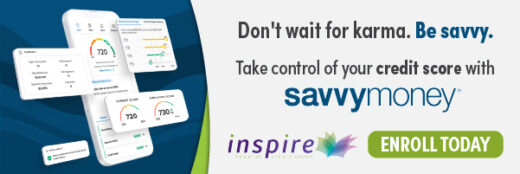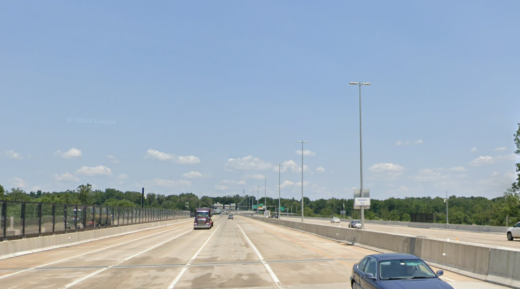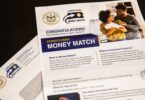The Delaware River Joint Toll Bridge Commission has announced toll increases that will take effective in January 2024.
The changes are part of a toll adjustment process initiated in 2021, and they will primarily affect E-ZPass transactions for Class 1 vehicles.
- End of Commuter Discount Program: Effective January 1, 2024, the commission’s 21-year-old frequency-based commuter discount program will be discontinued. The program, offering a 20-percent discount for over 16 trips across DRJTBC toll bridges in a month, was initiated in late 2002 to encourage E-ZPass usage.
- E-ZPass Toll Rate Increase: Starting January 7, 2024, the E-ZPass toll for Class 1 vehicles, including motorcycles, cars, trucks, and SUVs, will increase by 25 cents, bringing the toll to $1.50. This is up from the current $1.25 rate.
- Increased Rate for Vehicles with Trailers: Concurrently, Class 1 vehicles towing trailers will see an increase in their toll rate to $3.50, up from $3.25. Rates for commercial vehicles and trucks remain unchanged.
All other Delaware River Joint Toll Bridge Commission toll classifications and rates remain unchanged.
The toll changes will impact the commission’s eight toll bridges: Milford-Montague (Route 206), Delaware Water Gap (I-80), Portland-Columbia (Routes 611, 46 and 94), Easton-Phillipsburg (Route 22), I-78, New Hope-Lambertville (Route 202), Scudder Falls (I-295) and Trenton-Morrisville (Route 1).
These changes are part of a broader strategy to address revenue declines following the COVID-19 pandemic and to ensure funding for the commission’s long-term financial obligations and capital projects, according to a statement.
The upcoming toll hikes also highlight the commission’s adoption of a two-tier toll pricing policy.
The policy sets lower rates for E-ZPass transactions and higher rates for cash or Toll-By-Plate transactions, reflecting the higher processing costs of non-E-ZPass methods.
The commission is hoping the pricing strategy encourages more motorists to use E-ZPass, which accounted for approximately 89 percent of all toll transactions in September, officials said.









